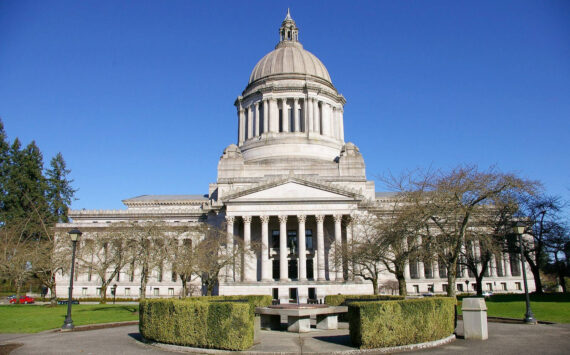The Port of Tacoma will save an estimated $19.2 million over the life of its Series 2006 $100 million, 30-year variable rate revenue bond offering.
The Port structured the bond offering with a forward-starting payment agreement, locking in an interest rate of 3.795 percent, exceeding the Port’s Plan of Finance objective of 5 percent.
According to Jeff Smith, the Port’s Senior Director of Finance and Administration, the low interest rate will save the Port about a million dollars per year over the first five years of the bond issue, freeing additional financial capacity for the Port’s capital development plans for infrastructure and facilities.
The Port received bids from two underwriters, with the lowest Morgan Stanley offering an interest rate of 3.795 percent. The interest rate includes insurance costs. Lehman Brothers matched the interest rate, and will receive 30 percent of the contract.
“The structure of this bond offering is an example of innovation within an otherwise conservative long-term financial strategy,” said John Wolfe, the Port’s Deputy Executive Director. “For the Port of Tacoma and the citizens of Tacoma-Pierce County, this strategy has resulted in a very tangible benefit.”
At its July 21, 2005 meeting, the Port of Tacoma Commission approved the 2006 $100 million bond offering.
According to Commission President R. Ted Bottiger, the bond offering helps fund the Port’s five-year, $616 million Capital Improvement Plan, creating jobs and economic development throughout the region. “Our recent economic impact study documented that Port activity creates more than 43,000 family-wage jobs in Pierce County, and that number is growing as the Port continues to expand and meet the needs of its customers.”
Wolfe says the bond issue is consistent with the Port of Tacoma’s 2005 Plan of Finance goals, which include improving financial capacity and reducing the average interest on the Port’s debt.
Revenue bonds are used to fund a portion of the Port’s Capital Improvement Plan, which includes maritime terminal and infrastructure development.




